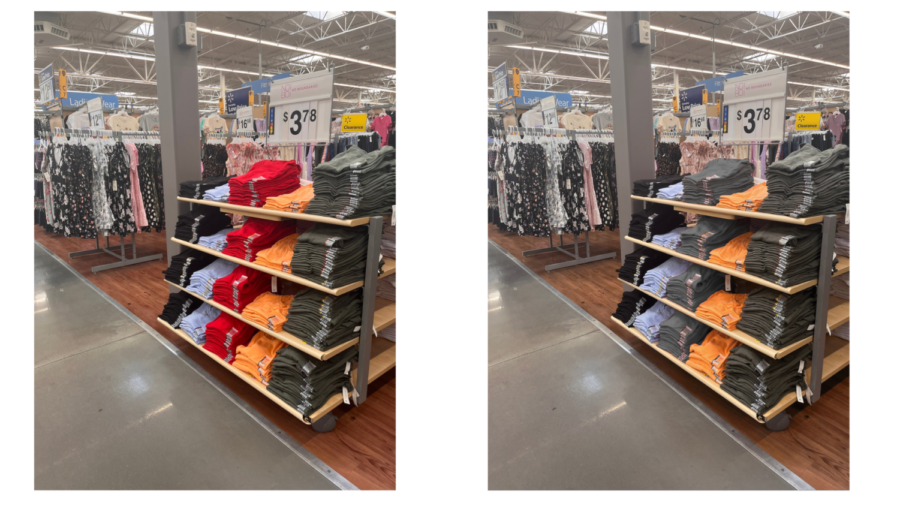Students learn they are colorblind from a quiz
According to Clinton Eye Associates eight percent of men and 0.5 percent of women are colorblind in the United States. However, there are still people who do not know they are colorblind. If they have been colorblind their whole life, there is a chance that person will not find out until they are teenagers.
“In eighth grade, we took a color blind test, and it was Jan. 22 because it was two days before my birthday. I found out I was colorblind that way,” sophomore Lexie Moore said.
Moore was not the only one who ended up learning something new that day. Another student in the same class had a similar experience.
“Me and Lexie were both doing a test; I think it was seventh grade,” sophomore Megan Ashenfelter said, “and Lexie got a really bad score on red and green, and I got a not-so-great score on purple and blue, and she took it to a doctor. I decided mine was not affecting me enough to take to a doctor.”
Even though Ashenfelter was not affected as much as Moore, being colorblind still impacts their day-to-day lives. Shopping is one obstacle they find difficult when trying to find clothes that are a certain shade they struggle to identify.
Moore learned the difference between red and green quickly to make life easier, but still come across some obstacles. One difficulty arose for Moore when she had an animation class. An assignment would require Ashenfelter to make a green apple, and, although challenging for her, she was still able to complete the project.

Senior Alex Quezada is a first-year reporter on the Oriole staff. She enjoys spending time with her friends, going horseback riding and ice skating at...








